Republic of Estonia
| |
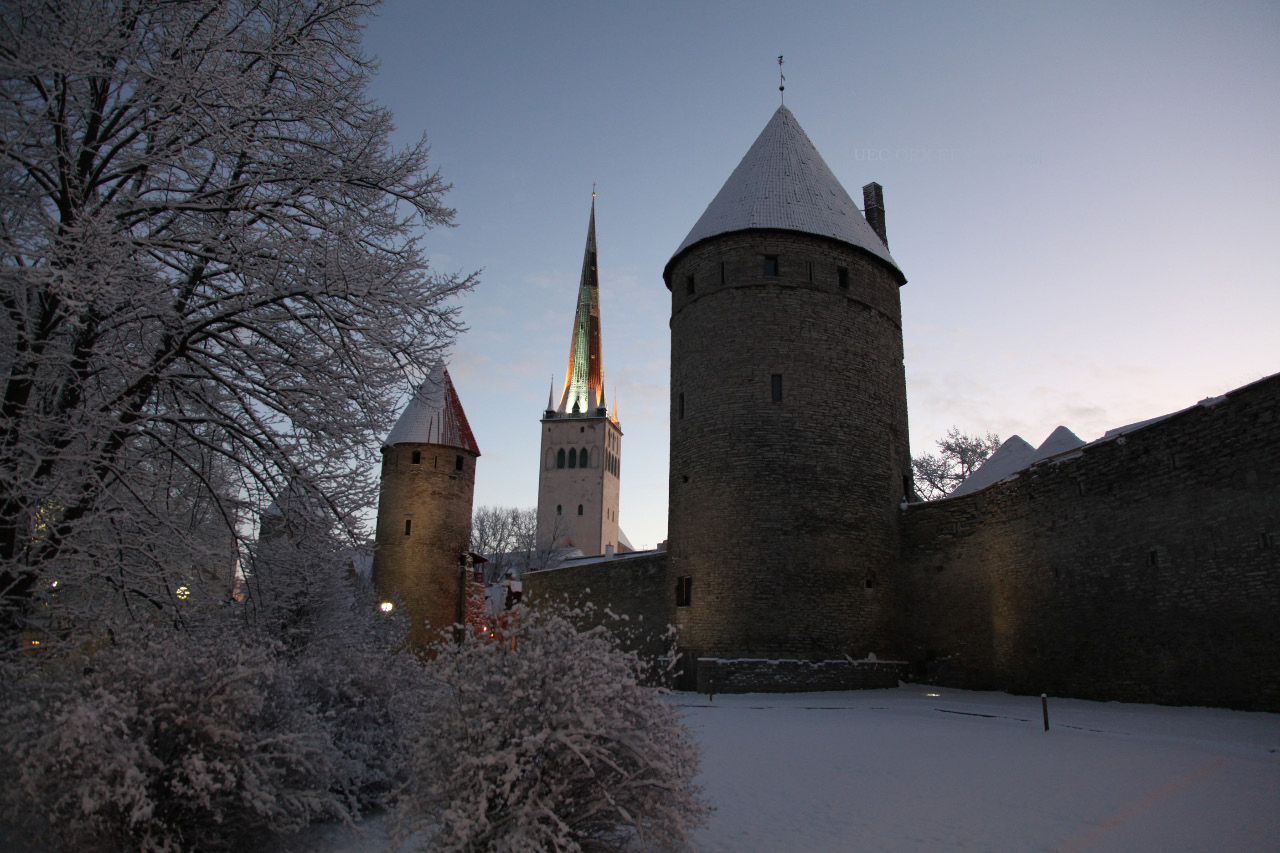 |
|
| |
In and near the 13th and 14th century Walls of Tallinn, the Plate Torn (tower), the 12th century Oleviste Kirik and the Köismäe Torn. Tallinn was known as Reval from around 1219 until 1917.
The Oleviste Kirik - Saint Olaf's Church, like the other churches within the medieval gem which is the Old Town of Tallinn was Catholic before become Lutheran and then, of course, empty.
Recalling the actual life of Norwegian King Saint Olaf (Olav II Haraldsson den hellige, r. 1015 - 1028), might help the Christian to take a more charitable view of the actual lives of other, later canonized Christian kings, Володимѣръ Свѧтославичь - Volodymyr of Kievan Rus, for example. Photo from 22 XII 2014. |
|
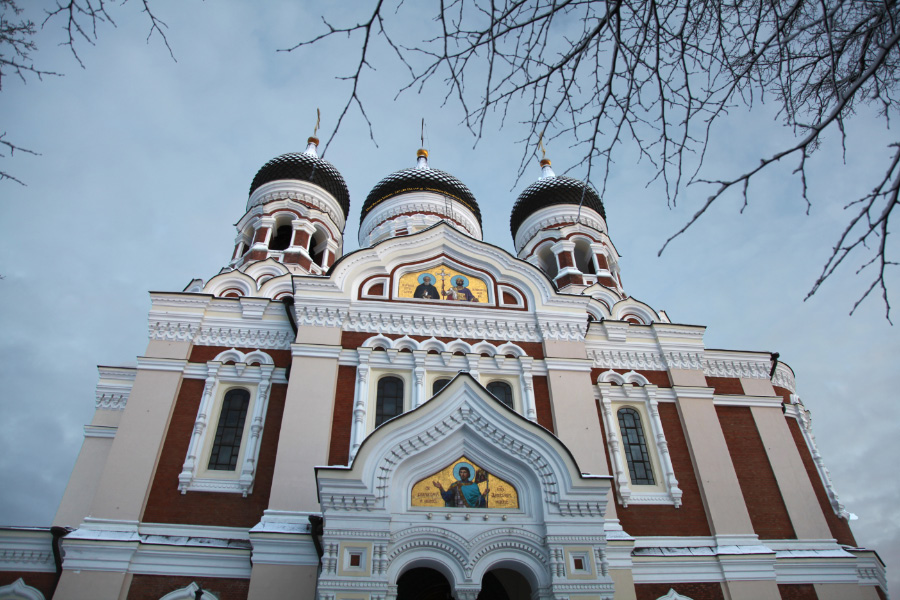 |
|
| As with any corner of Christendom, to understand Estonian mindsets and behavior one must consider, among many other things, her size, location, population and history. In the case of the Estonians an abiding uneasiness, if not a siege mentality, would seem far more justified than in the average case. A country with a population of about 1.3 million on a territory of 45,227 km² and immediately adjacent to the more densely populated portion of a country with 144 million people, the resources of a territory 17,098,242 km² in extent and a pronounced proclivity toward chauvinism, nationalism and an unbalanced view of the balance of the rights and wrongs of recent history, all this would seem a perch precarious enough. But it gets worse. The ethnic Estonians, a Finnic people, are only about 70 percent of the inhabitants of their own country, or about 900,000 people of the total population of 1,300,000. As an aside, unlike the case with other countries of European Christendom with small populations — Ireland and Armenia come to mind — the Estonians do not have a large diaspora, Estonians abroad numbering perhaps 150,000. Russians and Belarusians make up about 26 percent of the population of Estonia, up from about 8 percent a hundred years ago, due in part to Soviet policies with some imperfect analogies to the Communist Chinese policies regarding dilluting Tibetans and Uyghurs with "Han" Chinese over more recend decades. Objective observers will understand that the Estonians would be less than delighted with this state of affairs under the best of circumstances, and there is some chance — the present writer believes quite small — that great power miscalculations in this region could set back the cause of United European Christendom to an extent and for a time difficult to guess at. And this is a great shame. Russians, and Russian Orthodoxy, at their best could have a great deal to contribute to Estonia if the Russians were to add a healthy measure of introspection and contrition, of that humility - Смирение (Smireniye) which figures so prominently in their Christian ideal. Some of this is already in the striving. Not enough. |
|
|
| |
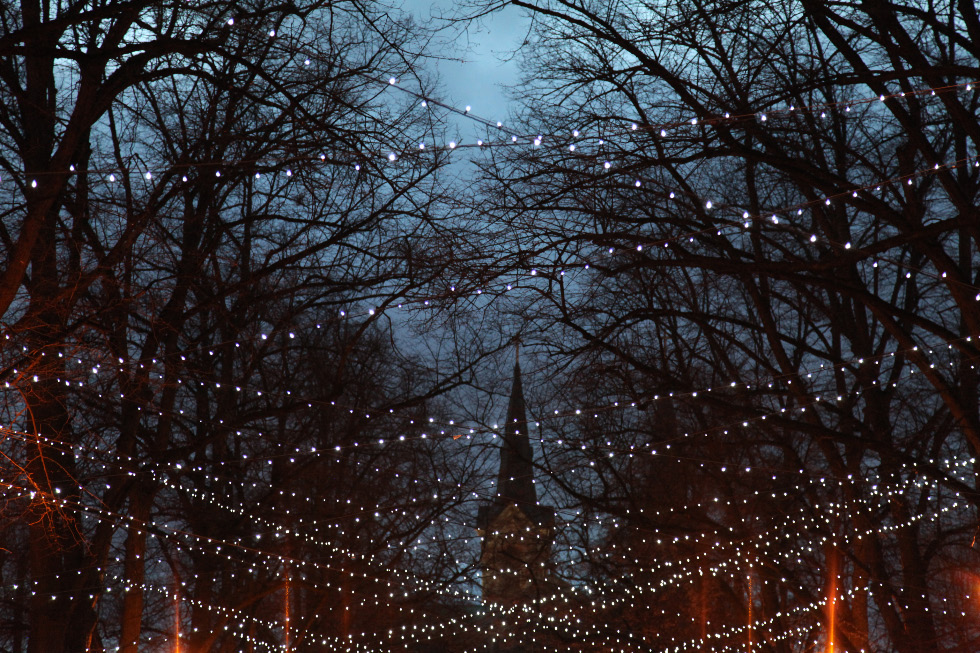 |
|
| |
Thanksgiving alone in 2016. |
|
| |
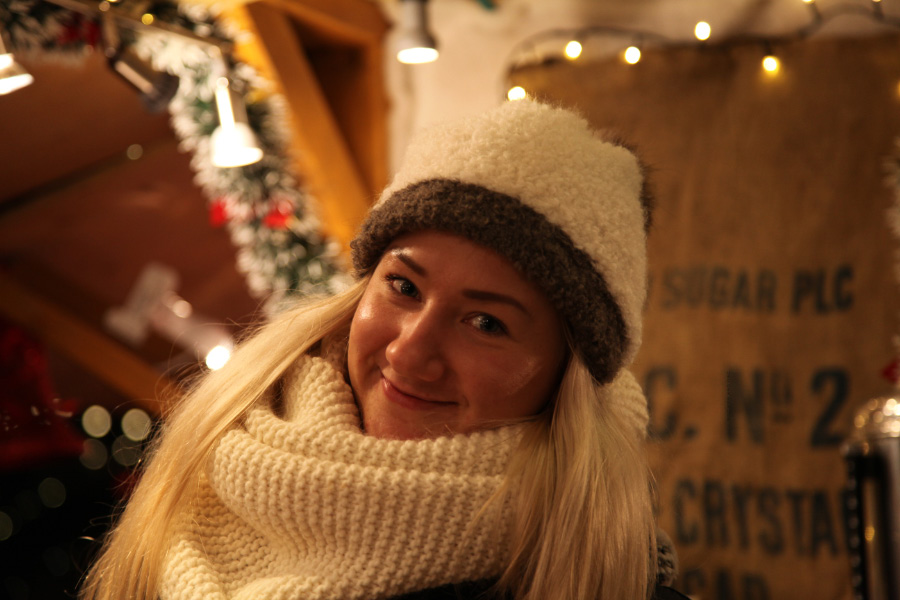 |
|
| |
Raekoja Plats in Tallinn with girl cheering me up. |
|
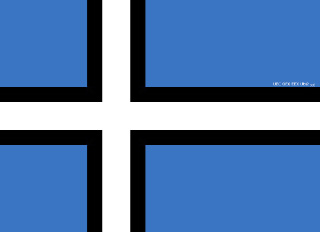 |
|
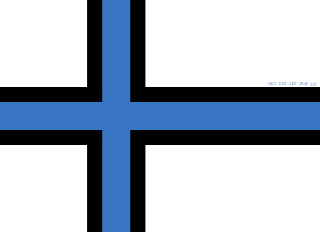 |
|
Eesti - Ühine Euroopa Kristluse
(Sorry good people. Your language is not an easy one; and the word Christendom has fallen into disuse, more so still in the countries, Estonia and the Czech Republic, which surveys and polls suggest are the most atheist in European Christendom. But this can change, and it if does perhaps you can escape the demographic death which is the currently forecast lot of your people, though what used to be your landmass will of course continue to exist. Other possibly Estonian renditions of United European Christendom might include:
Ühendatud Euroopa Kristluse
Ühinenud Euroopa Kristluse
Ühtekuuluv Euroopa Kristluse
Ühtehoidev Euroopa Kristluse
Terviklik Euroopa Kristluse ) |
One of these should be made the national flag of Estonia, with a Christian Nordic Cross.
|
|
Estonia - United European Christendom |
|